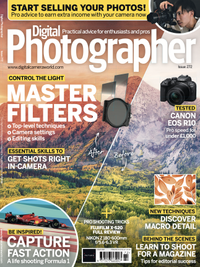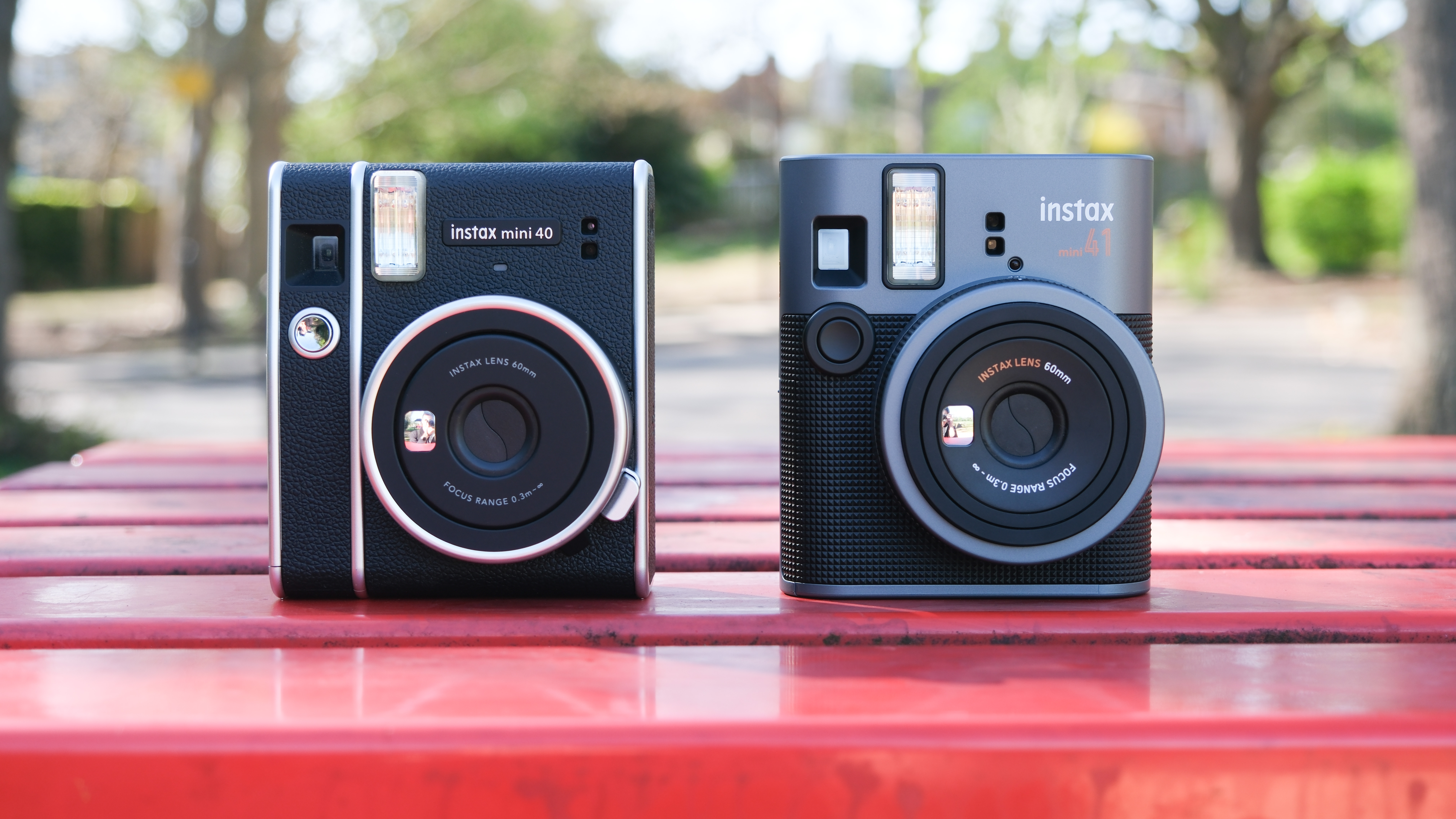5-minute photo tips: Create double exposures in-camera
Combine two subjects into a single frame to create artistic abstract photos, with an in-camera double exposure
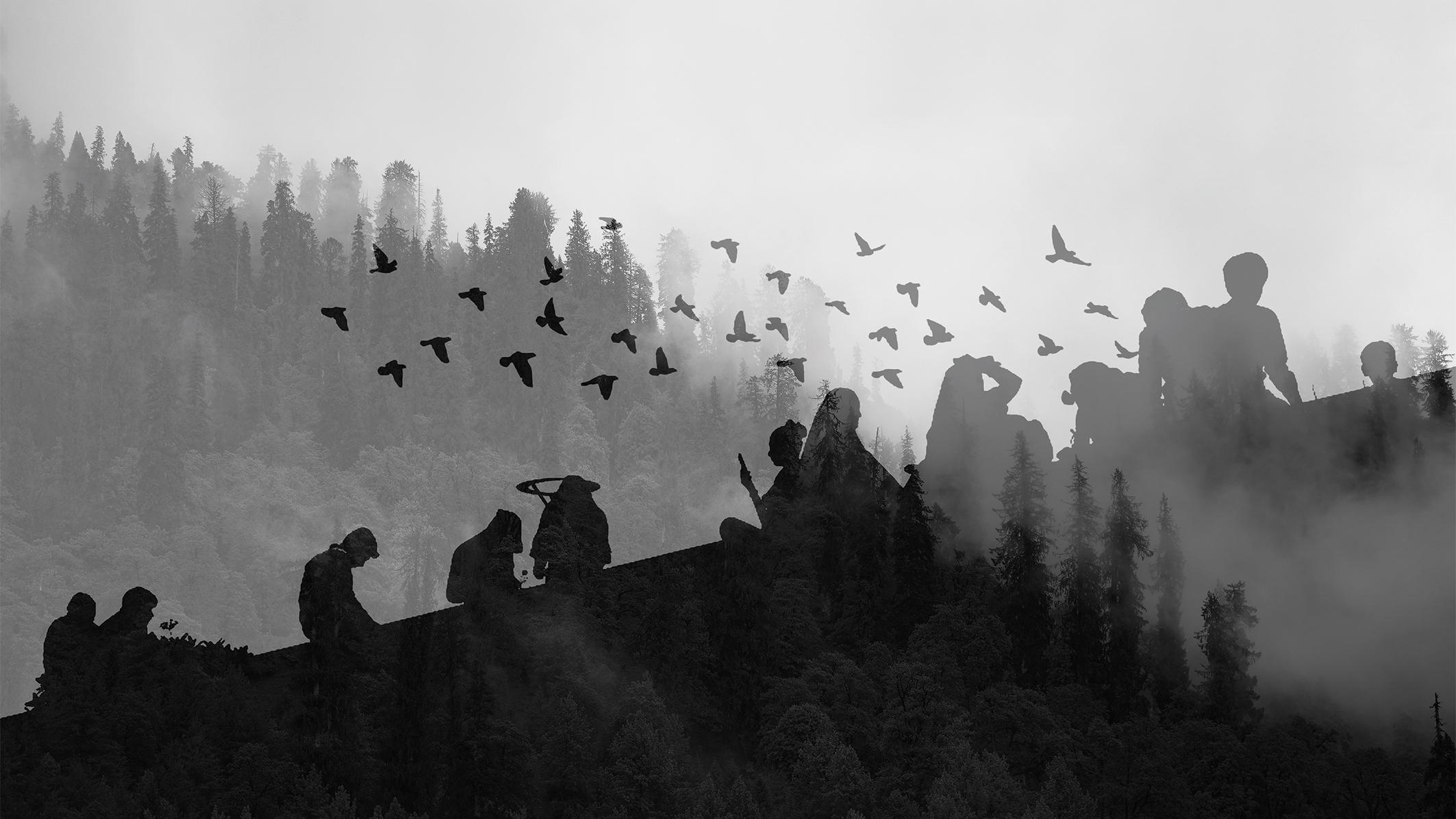
Improves: Creative impact
Double-exposure photography has been a popular technique since the early days of film, enabling photographers to create stunning images by exposing the same
side of the film twice. As modern digital files are directly saved on memory cards, the merging process for this technique mainly takes place in editing programs.
However, many mirrorless cameras (and some of the best instant cameras, too) come with a feature that enables you to overlay additional images directly in-camera. Some cameras offer an even more advanced feature, where you can overlay more than two frames and create a wider range of stunning images.
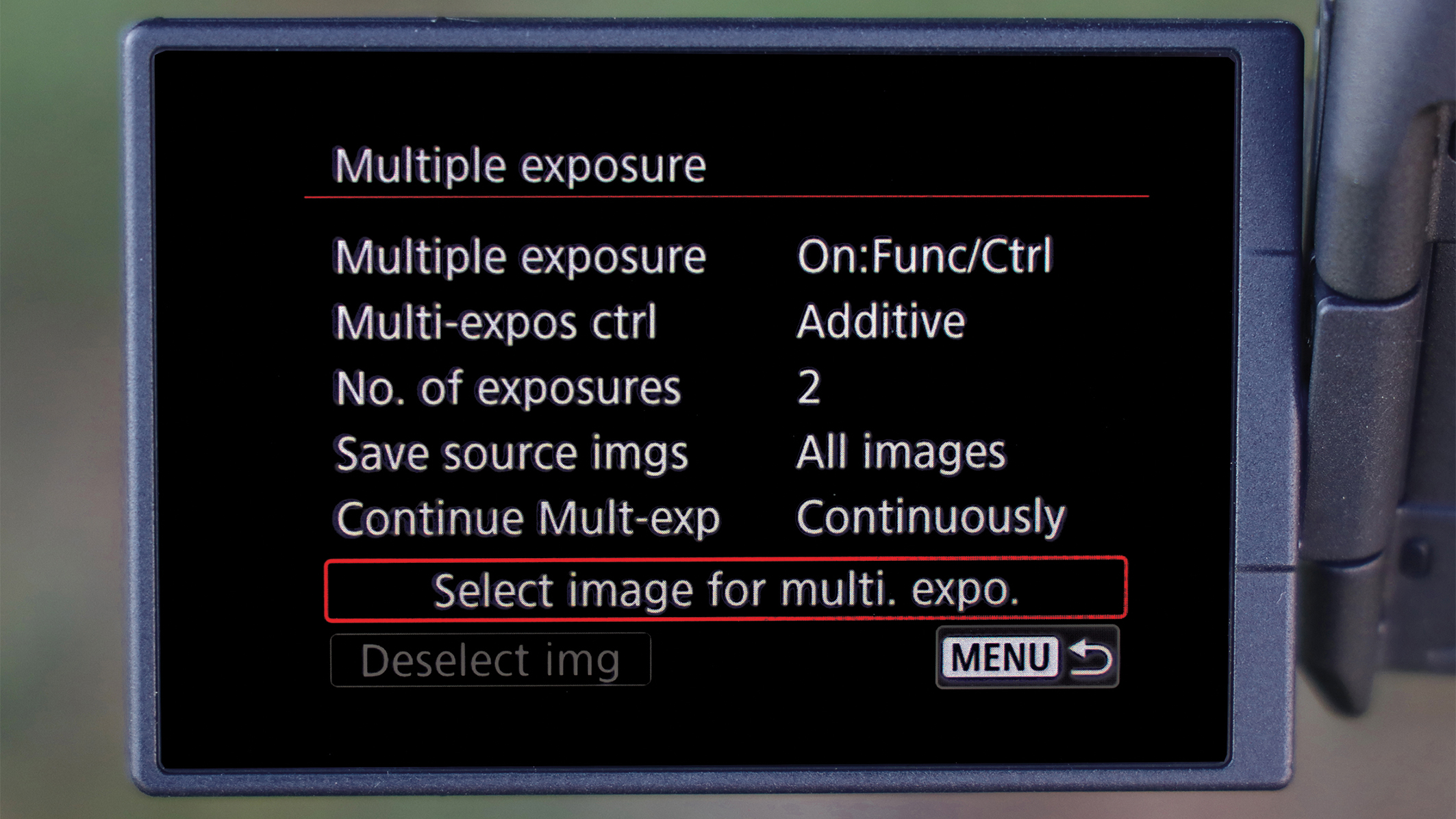
Not only does this technique deliver incredible results, it also fosters creativity by forcing you to think critically about the visual outcome before analyzing your work on the computer. This approach also helps you improve your skills by training your eye to see the visual potential in any given situation.
Tutorial
1. Select and shoot
To use the multiple exposure mode / image overlay feature, simply shoot two frames beforehand and select both images in the mode in order for the camera to automatically combine both scenes into one frame.
2. Create filler image
For maximum impact, it’s recommended that you shoot one "filler image" with significant color or structure, such as mountains, and a second image with predominantly black elements, such as a silhouette of a person or city skyline shot against the sun.
Before
At first, it may be difficult to imagine how these two completely different scenes could work once they are combined:
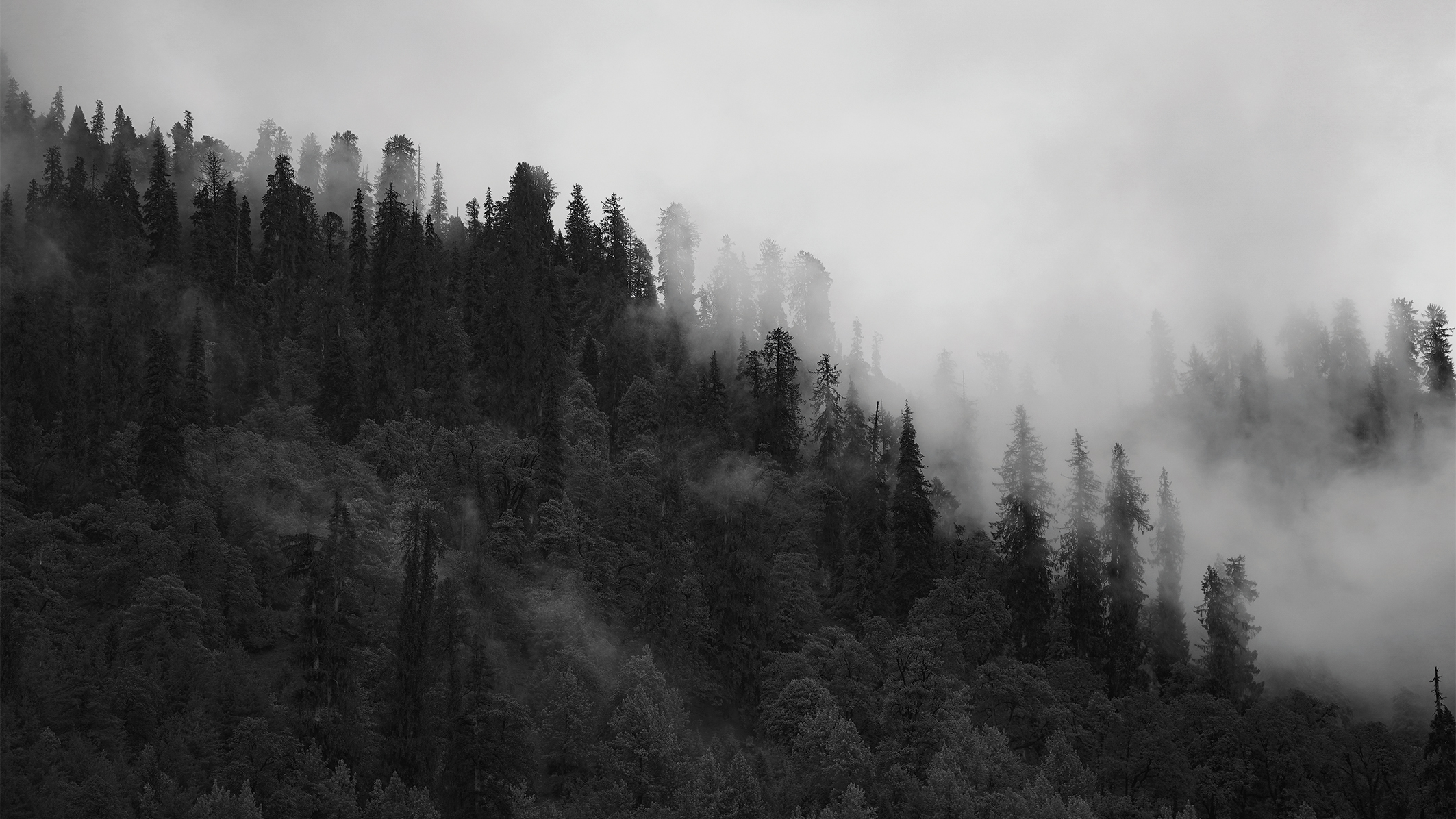
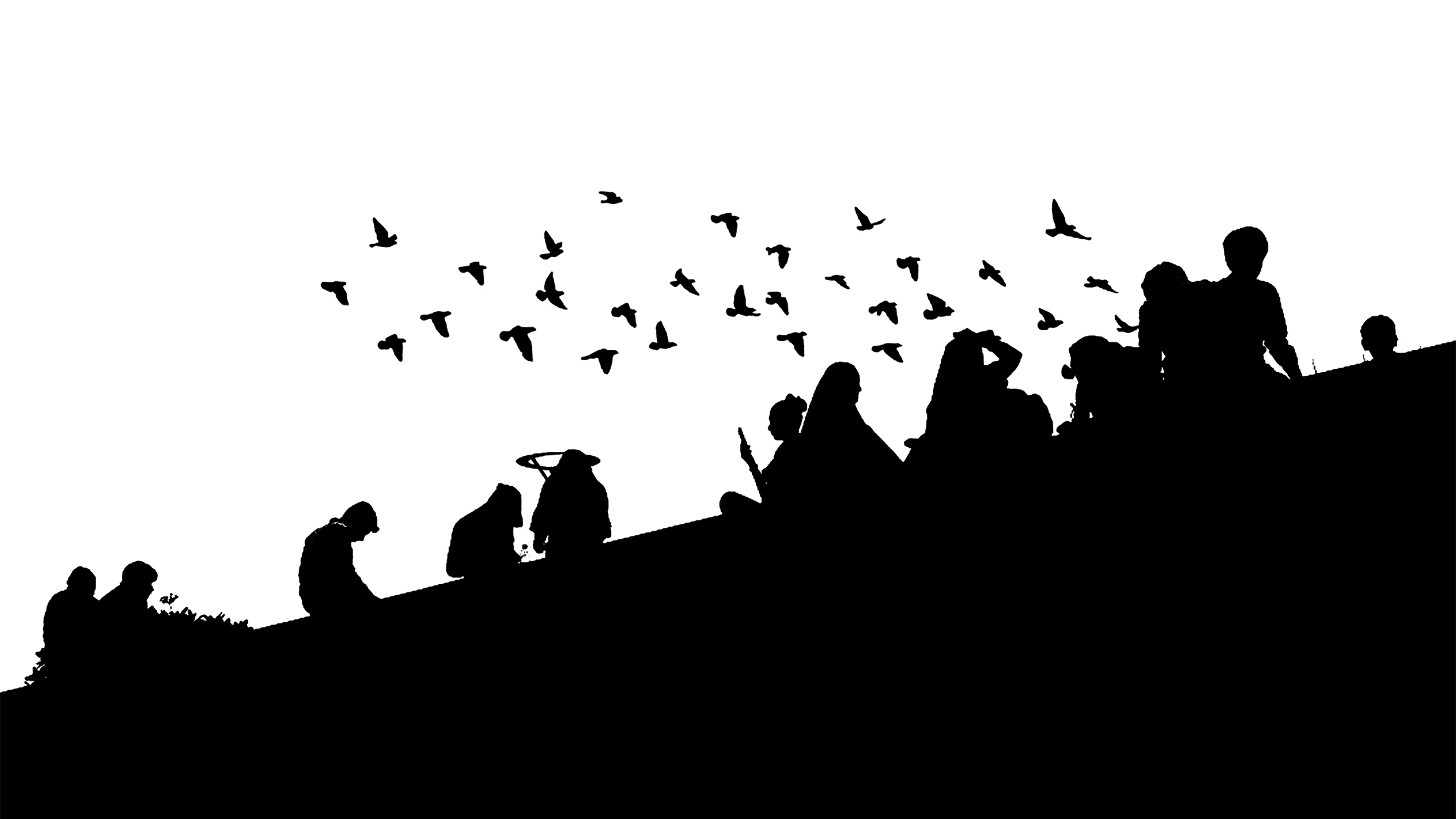
After
This is how two photos come together to create stunning abstract photo art with a perfect combination of silhouettes and texture:

This article originally appeared in Digital Photographer, a monthly magazine, and the kitbag essential for pros, enthusiasts, and amateurs alike!
Inside, you'll find practical guides, shooting tips, and techniques from working photographers, plus all the latest industry news.
Get the Digital Camera World Newsletter
The best camera deals, reviews, product advice, and unmissable photography news, direct to your inbox!
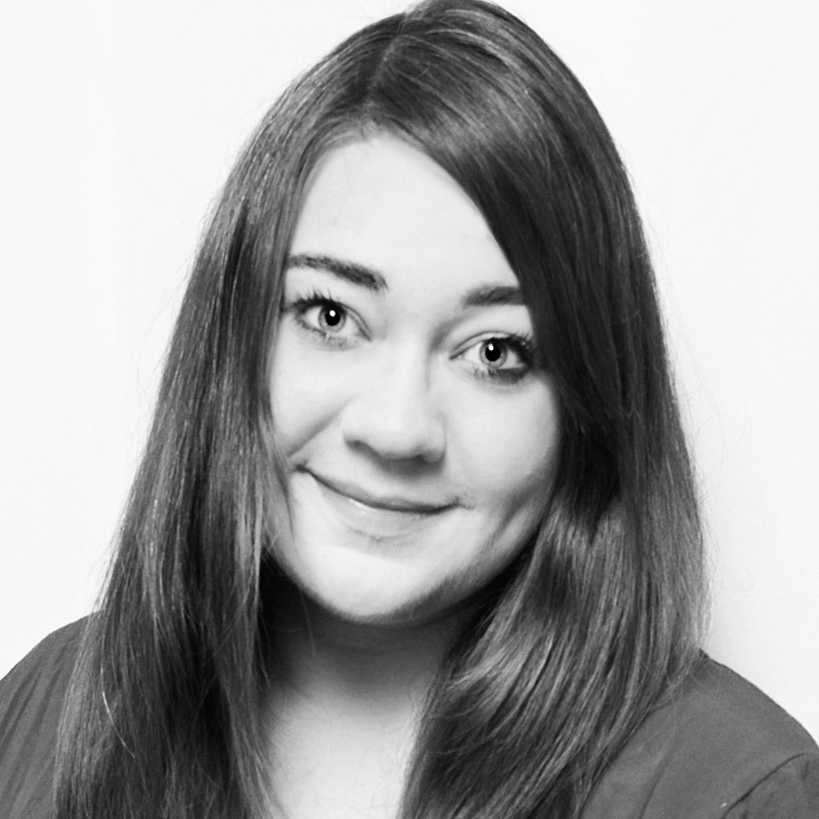
Kim is the Staff Writer on Digital Camera World, and formerly Technique Editor at Digital Photographer, focusing on the art and science of photography. With a Master’s degree in Photography and Media, she is driven to educate through an analytical approach, visually and technically. With her guides and tutorials, Kim seeks to uncover new facets of this time-honoured medium and foster a deeper understanding of its profound role in culture. Kim highlights topics that resonate with modern society, including women in photography and critical issues such as environmental conservation. She also discusses and reviews camera gear, giving you an overview to find the best fit for your photography journey.
